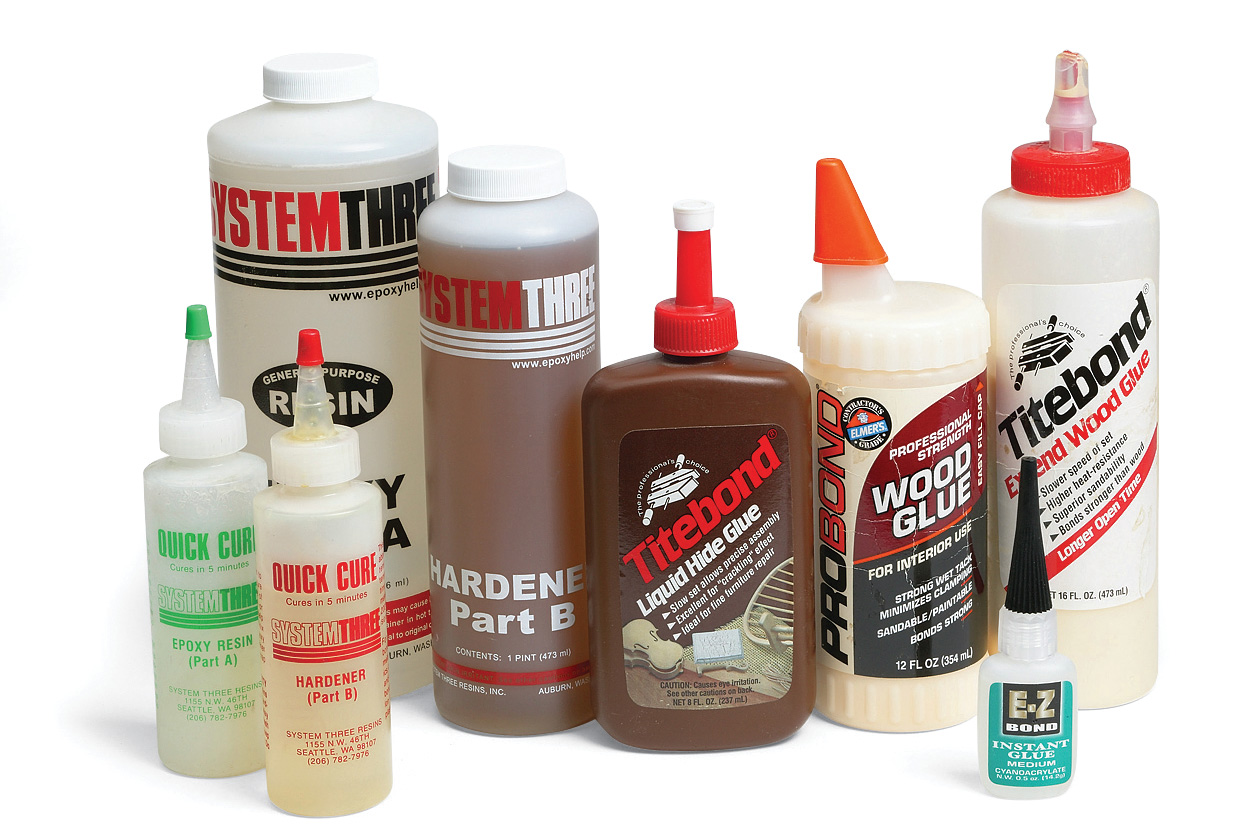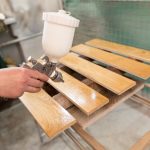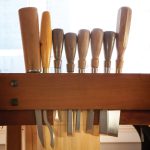We may receive a commission when you use our affiliate links. However, this does not impact our recommendations.
 Strong and convenient, yellow wood glue is a good choice for most repairs. But there are glues that offer advantages for special situations:
Strong and convenient, yellow wood glue is a good choice for most repairs. But there are glues that offer advantages for special situations:
SLOWER GLUES: Depending on factors like temperature and wood species, standard wood glue can set in as little as five minutes. When you need more time for complex assemblies such as chairs, try liquid hide glue or Titebond’s Extend, a slower-setting version of yellow glue. Both offer about twice the open time of regular wood glue.
FASTER GLUES: Cyanoacrylate, often referred to by the brand name “Super Glue,” is perfect for small repairs because it sets in minutes or even seconds depending on the formulation. Instead of finding ways to clamp small or odd-shaped parts, you can hold a repair together by hand until the glue sets.
GAP-FILLING GLUE: Although mixing is a pain, two-part epoxy is the best choice for a joint that doesn’t fit quite right. Epoxy makes sloppy-fitting joints strong because it becomes a firm, strong-bonding gap filler as it cures. Standard wood glues shrink as they dry and are too brittle to bridge gaps. Polyurethane glue expands to fill gaps, but doesn’t cure hard enough to become a sturdy gap filler. — Tim Johnson
Here are some supplies and tools we find essential in our everyday work around the shop. We may receive a commission from sales referred by our links; however, we have carefully selected these products for their usefulness and quality.









